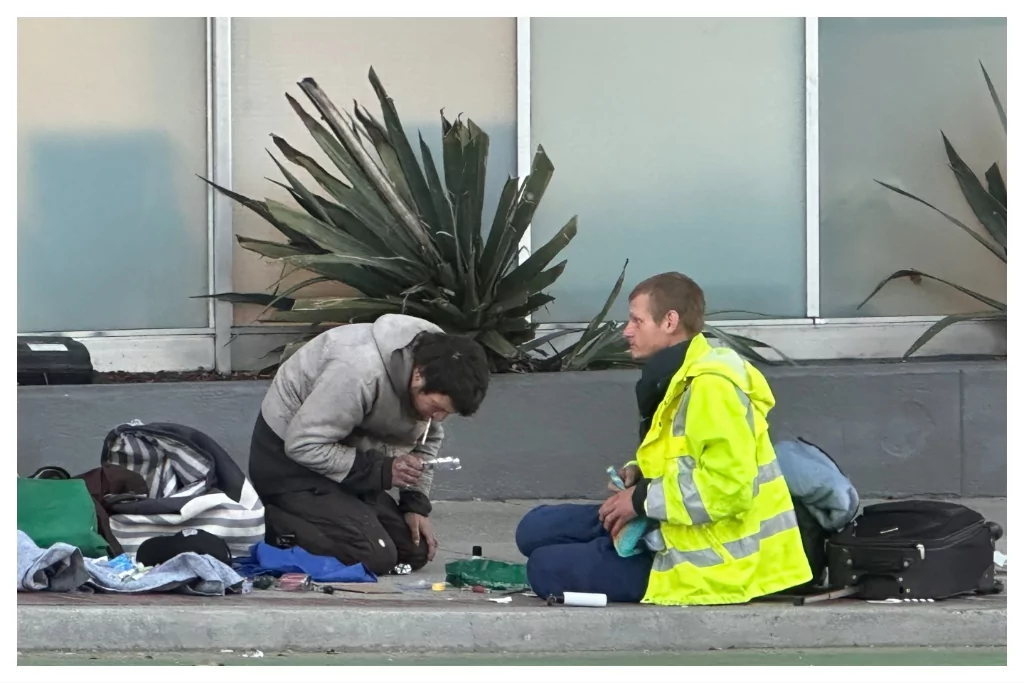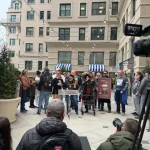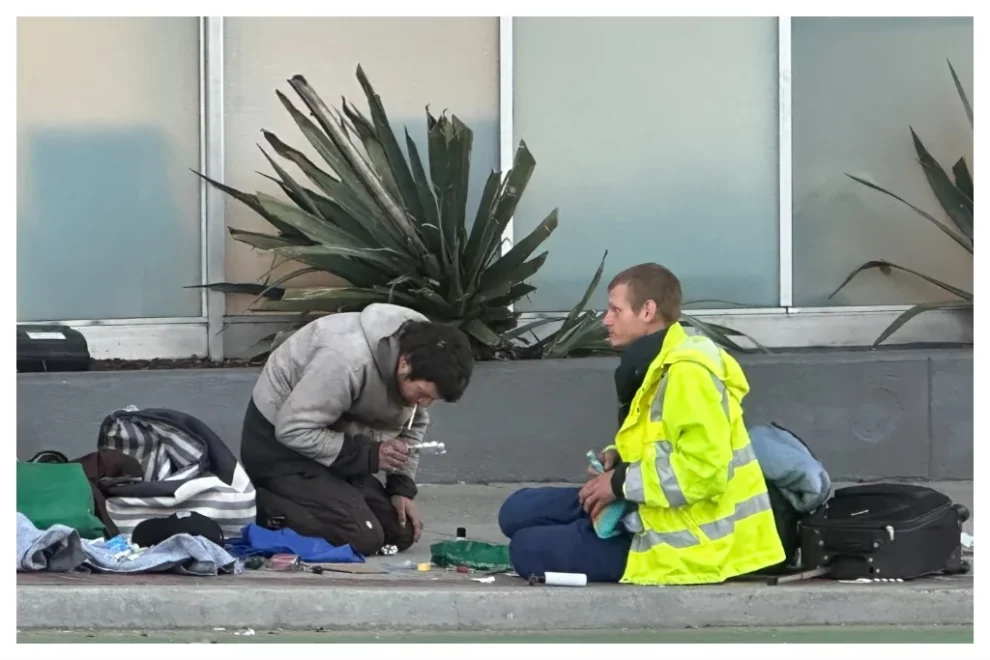San Francisco, which has been moving away from liberal policies over the past several months, inched closer this week to adopting a “recovery first” drug strategy that pushes abstinence and long-term remission.
The effort has infuriated critics in a city that has pioneered harm reduction. They argue that forcing addicts to stop doing illegal drugs alienates those who are not ready to quit. Supporters say the city has been too lax for too long in its approach to the growing drug epidemic and overdose problem and claim that making drug use safer does little, if anything, to break the cycle of addiction.

In recent years, the city’s public health department has encouraged people who do hard drugs such as methamphetamine, heroin, and fentanyl to find a friend so they won’t be alone if they overdose.
Residents have expressed outrage at the approach, claiming it does nothing to stop or address drug use, which has been on the rise. The city also has programs to pass out clean needles, with a syringe access program operating seven days a week. The city also hands out Narcan, which reverses an opioid overdose by blocking the effects of the opiate on the brain and by restoring breathing. They also pass out foil and offer free pipes.
District 6 Supervisor Matt Dorsey, who is in recovery for meth addiction, introduced legislation in February to amend the city code with a single sentence policy that stated: “The cessation of illicit drug use and attainment of long-term recovery from substance use disorders shall be the primary objective of the cityʼs drug policy.”
He defined recovery as abstinence, which included participation in outpatient or residential treatment, a medication-assisted treatment program, a contingency management program, or other recovery programs aimed at getting people off drugs.
SAN FRANCISCO TO WALK BACK FREE DISTRIBUTION OF DRUG PARAPHERNALIA
His effort was immediately met with resistance from harm-reduction advocates who claimed his definition of “recovery” was too narrow.
Under pressure from the San Francisco Marin Medical Society, Dorsey amended his proposal, crossing out the “abstinence-first” approach and adopting a broader “long-term remission” goal.
Adam Francis, the association’s senior editor, told Mission Local that the changes ensure “there isn’t a fight between harm reduction and abstinence.”
After making the change, Dorsey’s ordinance advanced to the full 11-member Board of Supervisors. It is unclear when that vote will take place.
There were spirited speeches on Thursday at the Public Safety and Neighborhood Services Committee hearing, where his ordinance passed unanimously.
“No one dies from harm reduction,” resident Patt Denning said. “People die from conventional abstinence-based treatments because they’re either left out or kicked out if they don’t comply with abstinence.”
Brendan Harris, who has been clean for six years, claimed addicts need a firm but compassionate push into treatment.
“We can’t just keep enabling drugs over and over again,” he said.
San Francisco is in the midst of a decadelong fight on how to address drug overdoses.
TOP SAN FRANCISCO OFFICIAL OUSTED FOR ‘UNLAWFUL ACTIVITIES’
Mayor Daniel Lurie, who took office earlier this year, has pledged to fix the city’s drug crisis, specifically focusing on fentanyl.
Last year, more than 600 people died from overdoses in the northern California city.
























